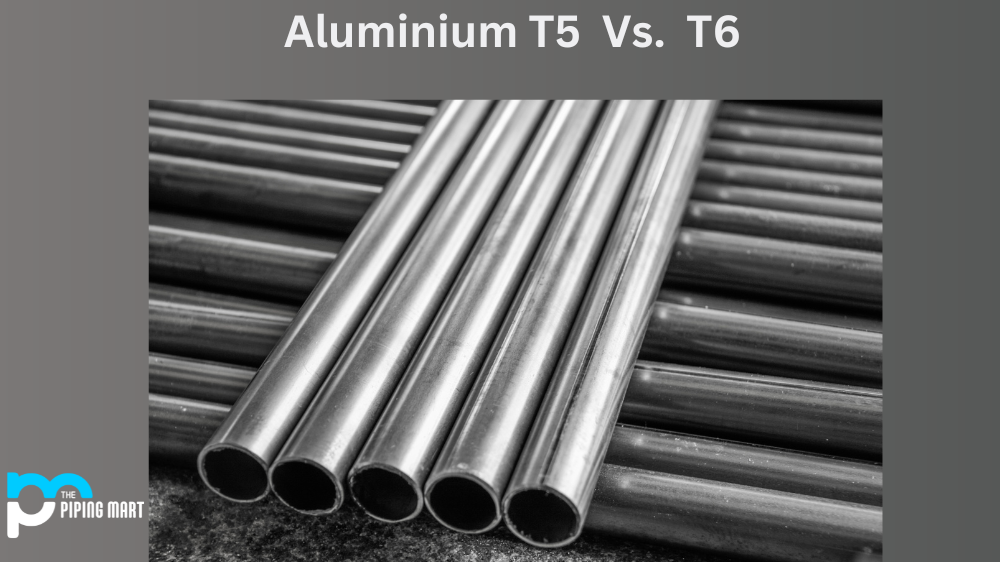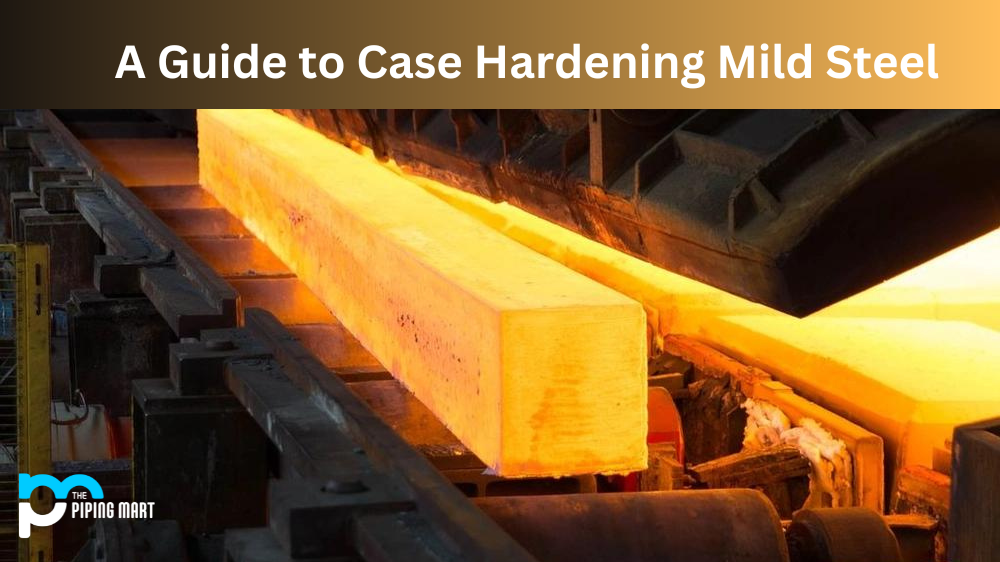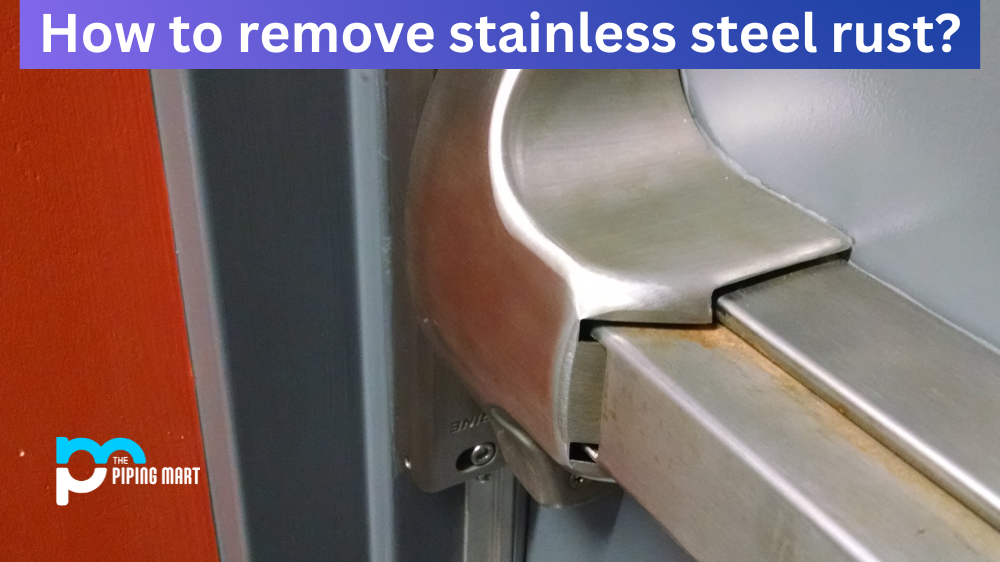If you’re an engineer or hobbyist, chances are you’ve heard about aluminum T5 and T6 temperatures. But what does that mean? This blog post will discuss the differences between these two types of aluminum tempering and how they affect your project.
Aluminium tempering is used to increase the hardness and strength of aluminum alloys. The tempering process involves heating the aluminum to a specific temperature and then cooling it to improve its mechanical properties. This process makes aluminum more suitable for construction or other applications where lightweight yet durable materials are necessary. Several different temperatures are used in aluminium tempering; these include T1, T2, T3, T4, T5, and T6.
T5 is the most common type of aluminum tempering used due to its low cost and relatively simple processing time. It involves heating the aluminum alloy to approximately 500 degrees Celsius before letting it cool down slowly. This slow cooling allows for a uniform grain structure that gives it excellent formability and enhanced corrosion resistance capabilities. The downside of this tempering method is that it could provide better strength characteristics than other tempering methods, such as T6.
T6 tempering involves heating the aluminum alloy to 590 degrees Celsius before allowing it to cool down quickly to achieve maximum strength characteristics from the alloy material. This quick cooling also creates a much harder surface layer on components manufactured from this material, making them more suitable for use in higher-stress environments such as aircraft components or machinery components with high loads applied regularly. However, due to its higher cost and longer processing times compared to other methods, such as T5, it is only sometimes used in applications requiring high levels of strength or durability.
Aluminium T5 vs T6
Aluminium T5 and T6 are two different types of aluminium alloy. Aluminium T5 is an aluminum-copper alloy, while Aluminium T6 is an aluminum-silicon-copper alloy. Both alloys are used in various applications but have some key differences.
Composition
The most notable difference between Aluminium T5 and T6 is their composition. As mentioned above, Aluminium T5 contains copper, while Aluminium T6 contains silicon and copper. Adding silicon to Aluminium T6 makes it more robust and corrosion-resistant than Aluminium T5.
Uses
Both Aluminium T5 and T6 are used in a variety of applications. However, due to its higher strength and resistance to corrosion, Aluminium T6 is typically used in more demanding aerospace and automotive engineering applications. Aluminium T5, on the other hand, is often used in less demanding applications such as electrical engineering.
Properties
Aluminium T6 has a higher strength-to-weight ratio than Aluminium T5, making it the better choice for applications where weight is a concern. Additionally, Aluminium T6 is more resistant to corrosion than Aluminium T5, making it the better choice for applications where durability is a concern.
Cost
Due to its higher strength and resistance to corrosion, Aluminium T6 is typically more expensive than Aluminium T5. However, the cost difference between the two alloys is insignificant, and both are relatively affordable options compared to other metals.
Conclusion:
When deciding what type of aluminium tempers best suits your project needs, several factors must be considered, including costs, time constraints, required strength levels, etcetera. Aluminium t5 is generally cheaper than t6 but does not provide high levels of strength, whereas t6 provides excellent power levels but at a higher cost and longer processing times than t5 tempers. Ultimately you need to weigh up all options carefully before making your decision so that you end up with a product that will meet your requirements while still being within budget constraints if applicable!

Pipingmart is B2B portal specializes in industrial, metal and piping products. Also, share latest information and news related to products, materials and different types grades to help business dealing in this industry.




